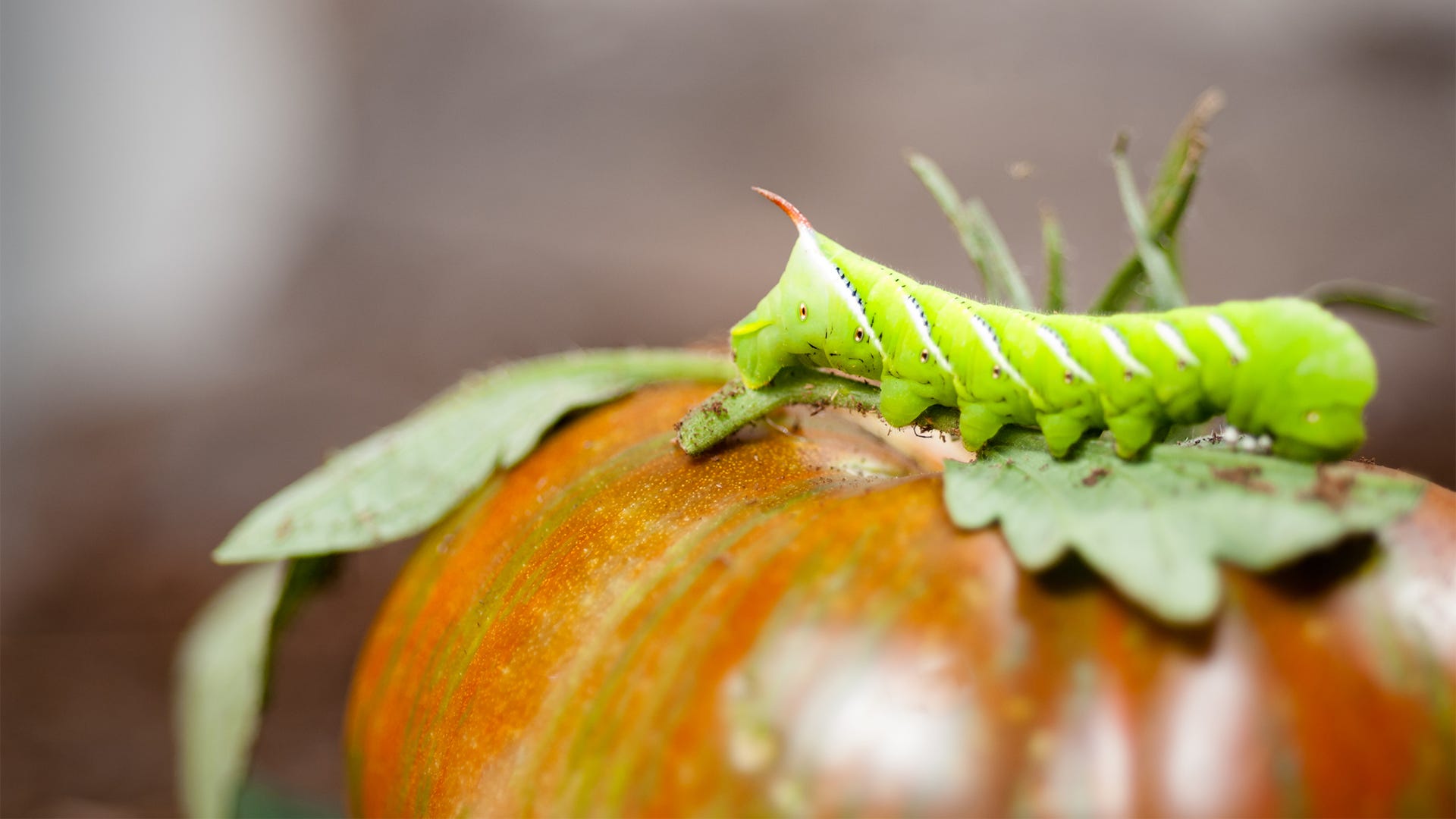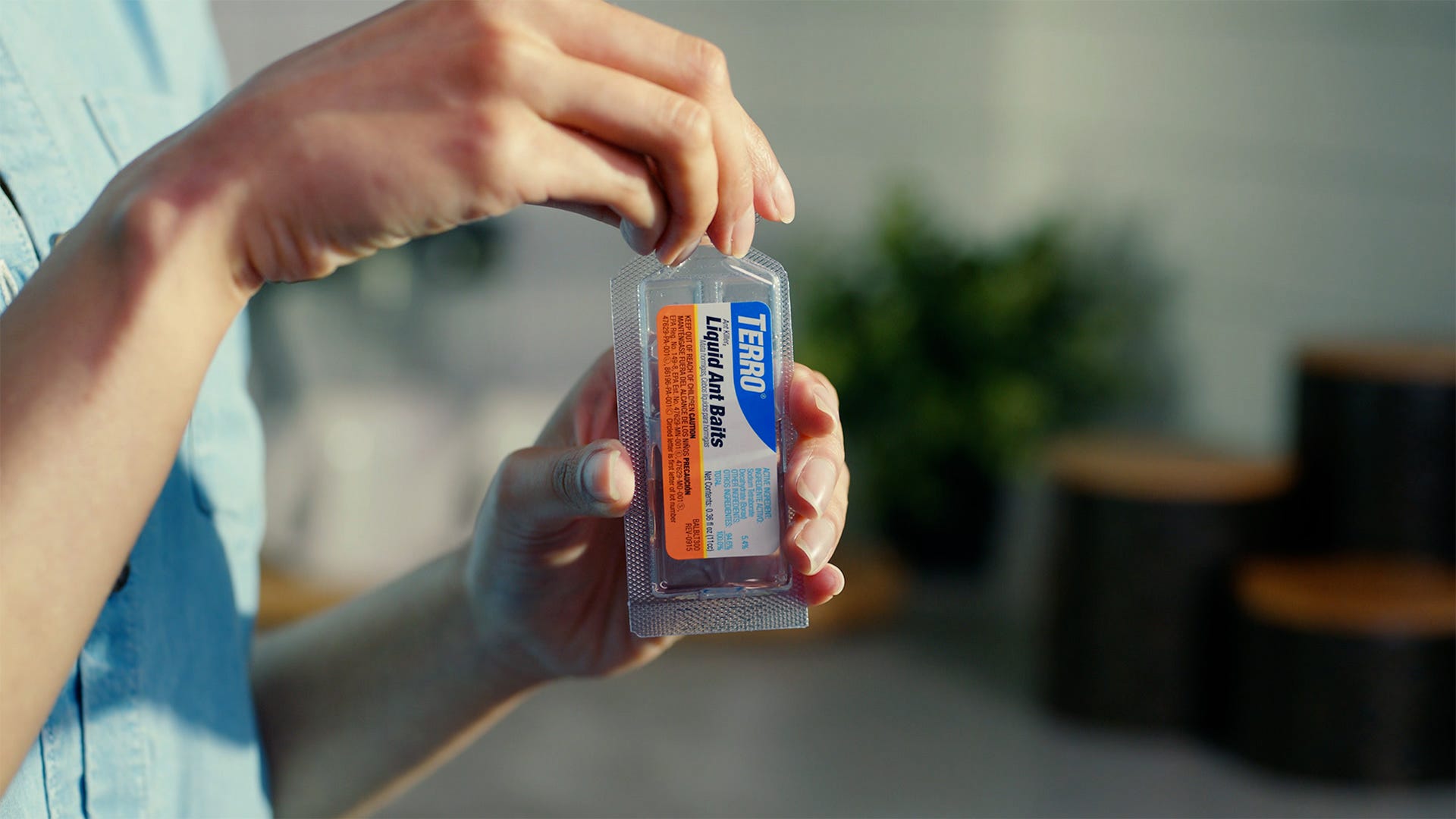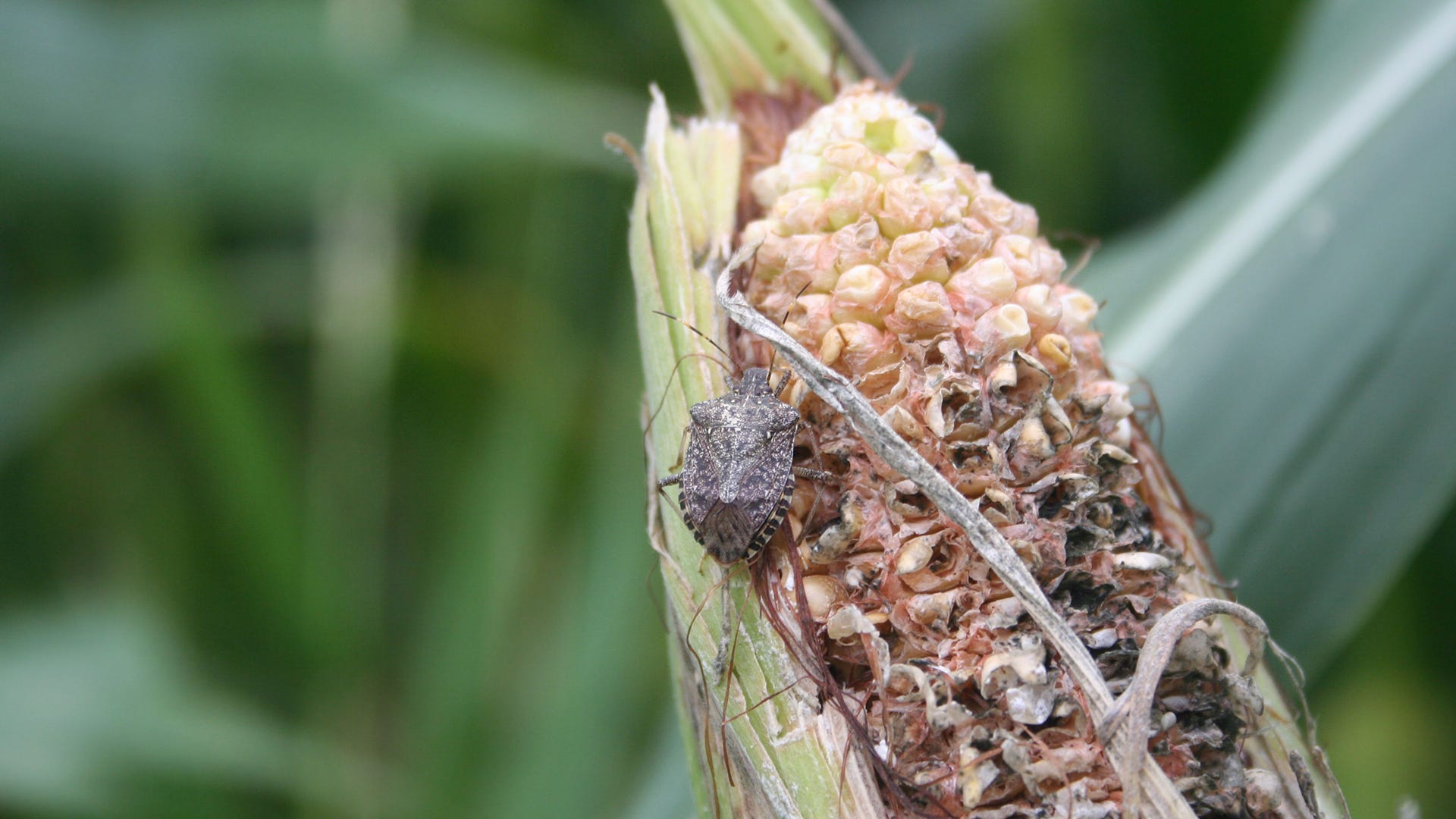We know it can be hard to remember when you see them crawling, flying and leaping through your home and garden – but not all bugs are bad! With spring arriving and insects emerging, you'll start to see more and more of these creatures. But when the urge comes to spray, shake, or crush the bugs you see, take a closer look and see what you're really dealing with.
Beneficial Garden Insects
- Honey Bee – Besides producing the world's supply of honey and beeswax, an even more integral role they play is in the pollination process. While some fear bees, honey bees really mean no harm and will not bother you in the garden but rather linger around you while pollinating. Honey bees enjoy pollinating flowers, vegetables and tree fruits, which leads to a higher yielding crop!
- Lady Beetle – Commonly called Lady Bugs, they offer a natural way of controlling aphids and scales that can be harmful to ornamental and vegetable gardens. Lady beetles only need to be controlled if they enter your home, otherwise, let them go wild in the garden. In addition to aphids and scales, these garden bugs also like mites, soft-bodied insects and insect eggs.
- Spined Soldier Bug – A beneficial stink bug? Yes! These bugs prey on garden pests such as grubs, gypsy moth caterpillars and beetle larvae. If you were a bug you would be terrified of this predator, as it sucks out their prey's juices with its probe on its head. Yikes, but good for you and the garden! These bugs go for caterpillars, cabbage worms, beetles and moths.
- Praying Mantis – The mantis is built to be a natural hunter, with a head that can turn almost 360 degrees, excellent vision, and spiny forelegs. Although they do eat other beneficial insects (including their own), they also take care of flies, crickets, moths, and mosquitoes. Some species of praying mantises are endangered, so we recommend taking extra care in the garden to not squish or accidentally harm these helpful bugs.
- Green Lacewings – Sometimes mistaken for a dragonfly, the green lacewing has a similar build but is all green! These helpful bugs enjoy aphids, caterpillars, leafhoppers mites, psyllids, and whiteflies. Not only do green lacewings enjoy adult bugs but the eggs too helping prevent future infestations. Feeding on nectar and pollen keeps them lingering around the garden and agricultural fields.
- Parasitic Wasps – This wasp does not sting! Most are just so tiny that you might not even see them in the garden. These pests consume aphids, caterpillars, beetles, scale and flies too! The parasitic wasp paralyzes its prey by laying eggs on or inside the prey. If the new wasp doesn't kill the host the parasite will.
While some of the kill methods these bugs have are a little scary, they help us out, so we should indeed be thankful for them! While we are ever thankful for these garden helpers, sometimes problem pests still try to dominate the yard.
Who You Don't Want in the Garden

- Beetles - Now not all beetles are detrimental to the garden but there are a few that are including asparagus beetles, Colorado potato beetles, cucumber beetles, and Japanese beetles. One of the most commonly seen in the U.S would be Japanese beetles. Beetles enjoy eating the plant itself, nothing fancy, just chomping away at it. At the end of the summer, the larvae burrow down under the soil to then emerge again in a year or two as adults.
- Aphids - These suckers, literally, suck the fluids from plants which are used to deliver nutrients. Aphids can reproduce quickly between a week and a little over a month, making them a fast-growing problem in gardens. They can easily overrun plants and even kill them in their young stages of life.
- Psyllids - With over 3,000 species this is naturally a common predator in the garden. These pests are found among woody plants, fruit trees, and vegetables. They are small, 1/10-inch long, are black or green and have light transparent wings over their body. To catch them before the damage starts, look for the eggs they lay under the leaves.
- Thrips - Long, skinny-bodied thrips are found all over the world. Typically, they are yellow black or brown in color. You may see some wings, but they are not the best at flying and prefer to crawl around. Most thrips puncture the plant and suck out the fleshy content.
- Worms - Again, not all worms are bad but these few are: armyworms, bagworms, cabbage worms, corn earworms, cutworms, and tomato hornworms. An invasion of caterpillars is a gardener's worst nightmare. Especially when it comes to worms like the tomato hornworm that target tomatoes, peppers and eggplants. They are green and can blend in with leaves, so it can take a thorough look to find them. In every part of the U.S, these worms can destroy your plants in no time.
Next time you see a bug, remember to slow down, look and see if its worth the panic. Our sister brand Safer® has plenty of solutions for your garden and yard. For more helpful home tips like these, subscribe to our enewsletter, which offers regular advice from the experts as well as exclusive updates on TERRO® products.




